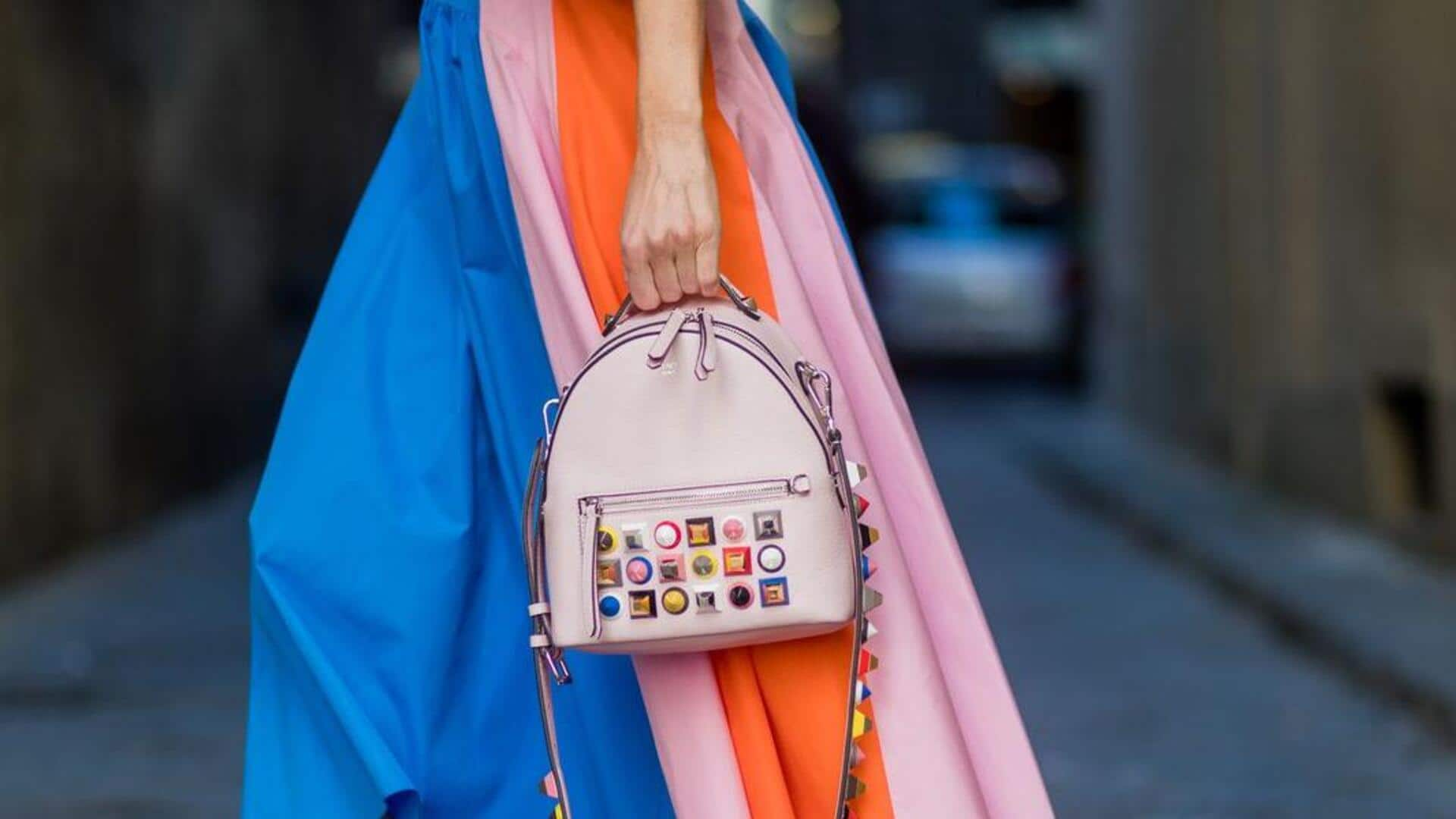
Embrace color block sustainably with this fashion guide
What's the story
Color blocking, pairing bold colors in a single outfit, is more than a fashion statement—it's an art form. This trend has made its rounds in the fashion world for years. Today, it's about making a visual impact responsibly. As we dive into the vibrant world of color block trends, we explore adopting this style in an eco-friendly way.
Background
History of color blocking
Color blocking traces back to Dutch painter Piet Mondrian's artwork and was popularized in the 1960s by fashion icon Yves Saint Laurent. This trend has reemerged periodically, each time with a new twist. Its enduring appeal is attributed to its simplicity and boldness, qualities that continue to captivate fashion enthusiasts worldwide, making it a timeless element in the fashion industry.
Key concept
Sustainable fashion choices
Sustainability in fashion focuses on reducing environmental harm by selecting eco-friendly materials and practices. For those embracing color blocking, it's advisable to choose garments crafted from organic or recycled fabrics. Brands committed to sustainability utilize nontoxic dyes and follow ethical manufacturing processes. This approach ensures that expressing your style through vibrant color combinations does not come at the expense of our planet's well-being.
Tip 1
Mix and match mindfully
Begin with garments you already possess. By creatively combining pieces you own in new ways, you can breathe new life into them, avoiding the need for additional purchases. Search for colors that complement or contrast sharply with each other—for instance, pairing a royal blue blouse with tangerine trousers creates an eye-catching ensemble without incurring extra costs or generating waste.
Tip 2
Invest in quality pieces
When considering new additions to your wardrobe, prioritize quality over quantity. Opt for well-crafted pieces that promise longevity and can transcend fleeting fashion trends. High-quality garments not only present better but also minimize the need for frequent replacements. This approach significantly reduces textile waste, as durable items remain in use longer, thereby lessening the environmental impact associated with garment production and disposal.
Tip 3
Thrift it up
Thrift stores are treasure troves for those passionate about sustainable fashion and color blocking on a budget. They offer unique, recycled pieces, preventing clothing from ending up in landfills. Thrifting allows for experimenting with various color palettes and patterns at a minimal environmental cost, making it a perfect option for eco-conscious fashion enthusiasts to explore vibrant styles sustainably.